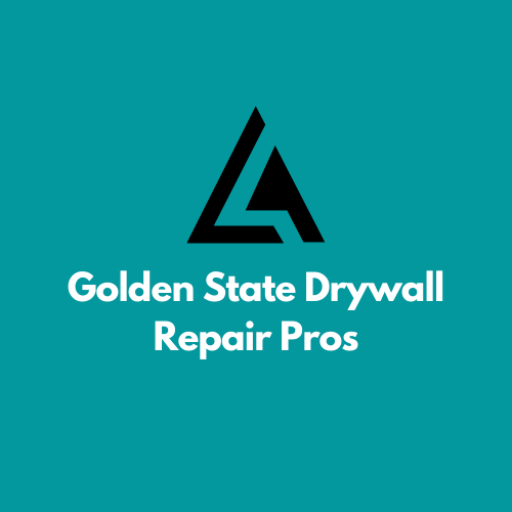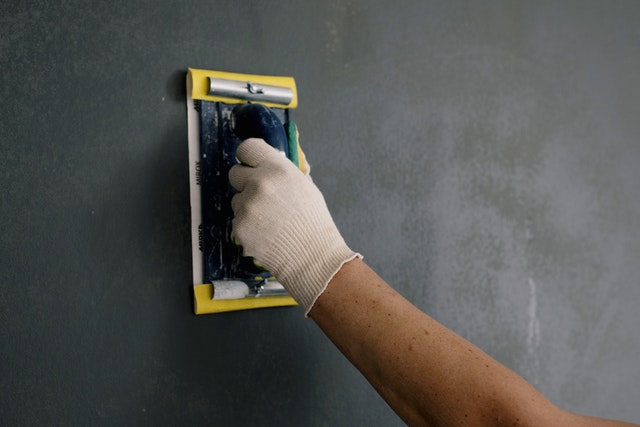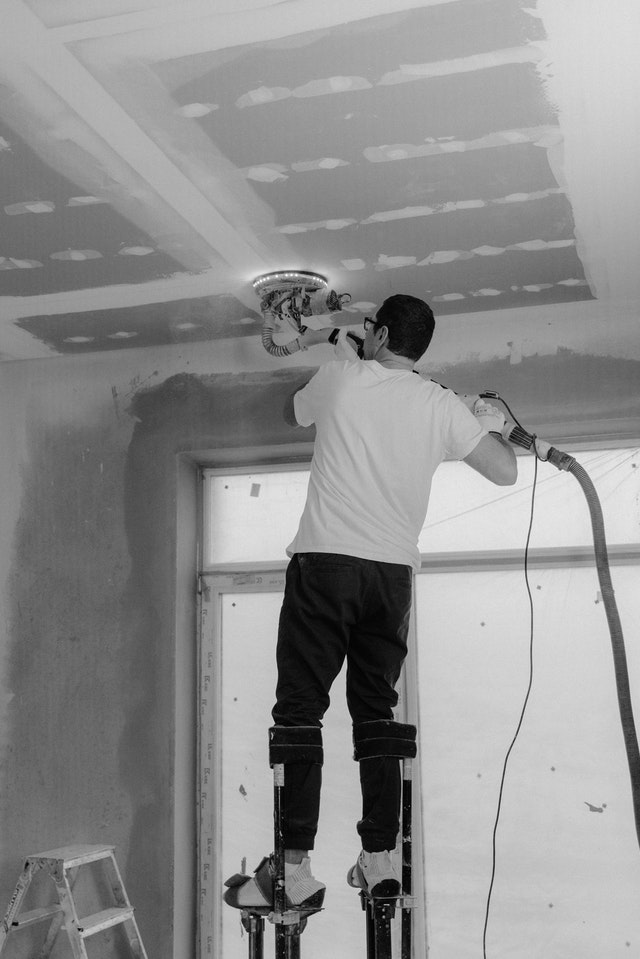Is it possible to paint drywall without texture?
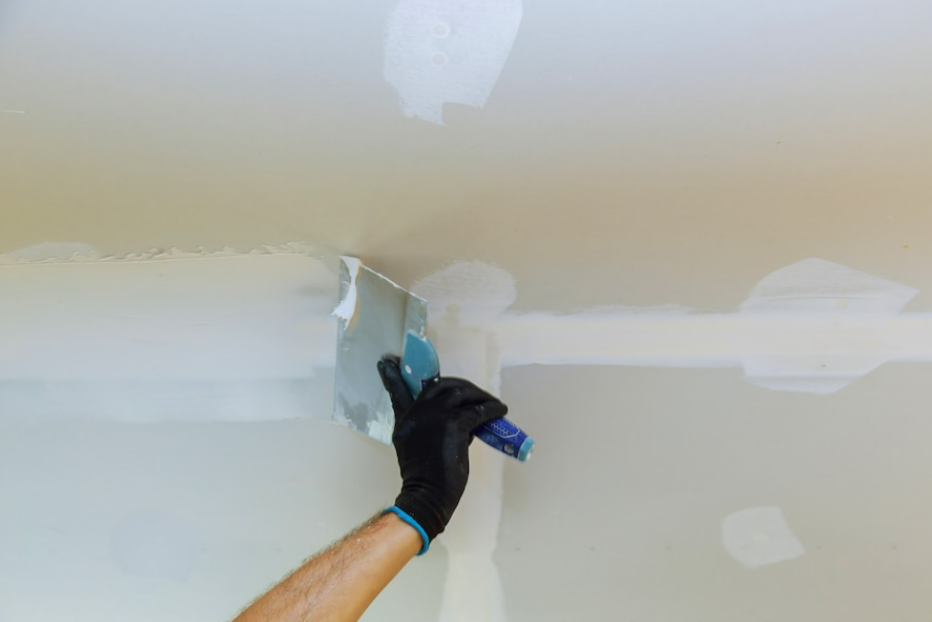
The quick answer to this question is yes, you can. Personally, I find that it is a lot easier to paint drywall that doesn’t have texture once it is primed. However, if there is texture, this can save some time.
You don’t absolutely need to texture drywall. It will simply make the wall appear more traditional and it will help to hide flaws. It won’t help with making the painting process easier or better.
It may appear easy to paint a drywall that is not textured, however, it is difficult to get the paint to stay on a smooth surface. The majority of walls that are plastered or are drywall have some bit of texture on them that you can feel if you run your hands along them. However, wall panels are quite smooth.
Table of Contents
ToggleRequirements
Towel that is free of lint
220 grit sandpaper
Soap – mild in liquid form
Water (warm)
Sponge
Latex paint (for interior)
Primer (alcohol based)
Paint rollers (short nap)
Slick surfaces can cause chips and uneven texture due to the repelling of the paint. With that said, it is still possible to successfully paint untextured walls once you take sufficient time and effort to prepare it well.
The walls need to be sanded using 220 grit sandpaper. This will help the walls to get a bit of texture which will allow the paint to stick to it a lot better.
Then, once you’ve finished sanding the walls you need to clean the walls using the sponge and soapy water. Keep in mind that the water should be warm. The walls should then be rinsed using the sponge and clean water. Be sure to use the lint free towel to completely dry them after.
The next step is to use a short nap paint roller to put the primer (alcohol based) on your walls. The rollers that are meant for smooth surfaces are 1/4 or 1/8 inch. Once you’ve applied the primer, wait for it to completely dry.
Once the primer is completely dried, then you can paint using the interior latex paint with the short nap paint roller. After the first coat is dried, you can paint an additional coat.
Is it necessary for drywall to be textured?
No, drywall does not need to be textured to be painted. However, texture helps a great deal by hiding low spots and even brush marks. It is certainly a lot cheaper and easier to texture the walls as oppose to fixing low spots.
In the traditional sense, there are two reasons why drywall is textured. One of the main reasons is because plaster is textured. So, since the majority of homes have plastered walls, having drywall that is smooth doesn’t fit in.
Another reason is that it is used to hide flaws. Taping and mudding drywall seams is challenging to get smooth. It is possible, however it takes time and patience to become good at doing.
Drywall Texture Types
When it comes to drywall textures, there are also many sub-types. We will now list out the various drywall textures.
Hand Applied
– Swirl
– Hawk and trowel
– Santa Fe
– Skip trowel
– Slap brush
– Rosebud
Sprayer Applied
– Popcorn
– Orange peel
– Splatter
Wall Texture Types
Hand Applied
There are lots of different looks when it comes to drywall textures, even when they are made with the same materials and tools. The actual patterns are dependent on the actual painter as different painters will create different effects. Since the painter will create this texture using their hand, designs will look different from one project to the next and each project will be unique. In order to make the patterns using the drywall compound, there are particular knives and brushes that are used to create the different textures on plain walls.
We will now look at a couple of the popular drywall texture techniques as well as an explanation of each one.
Skip Trowel
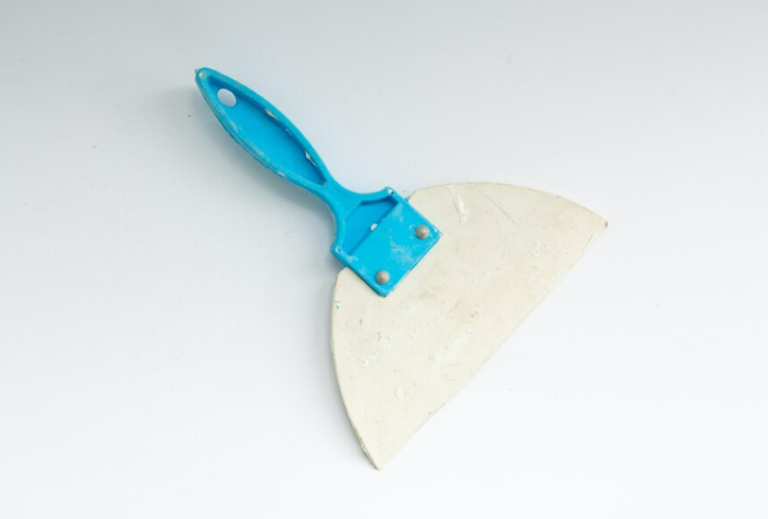
This is the easiest type of pattern to create since it is based on making random patterns. This is also a very popular type of texture and is commonly used to hide drywall tape that may be exposed as well as hide blemishes.
Hawk and Trowel
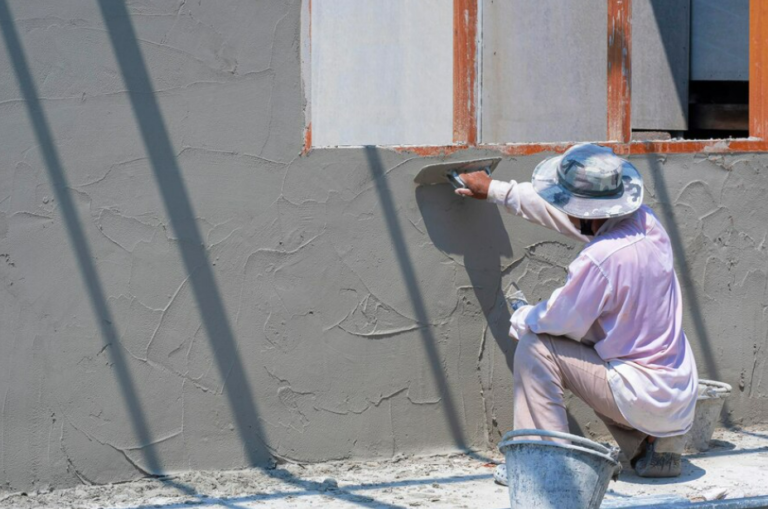
In order to create this type of drywall texture, a hawk and trowel is used. The hawk basically looks like a flat plate that has a handle. So, plaster is put in the middle of it and then the trowel moves the plaster from the hawk and places it on the wall. Using this particular set of tools results in a design that has many straight lines. The textures also roll one on top of the other.
Slap Brush

The slap brush texture utilizes brushes such as panda paw, crows foot or stomp brushes. This type of drywall texture is great for making your walls stand out or even to hide wall imperfections.
This drywall technique follows the same as the others where the compound layers has to be painted onto the surface. Once this is done, a brush can be used to make the design by applying it in a variety of ways such as stamping, sweeping, shaking, slapping, twisting etc. Now, it does depend a lot on the brush that you’re using and your methods when it comes to creating the designs.
Sprayer Applied
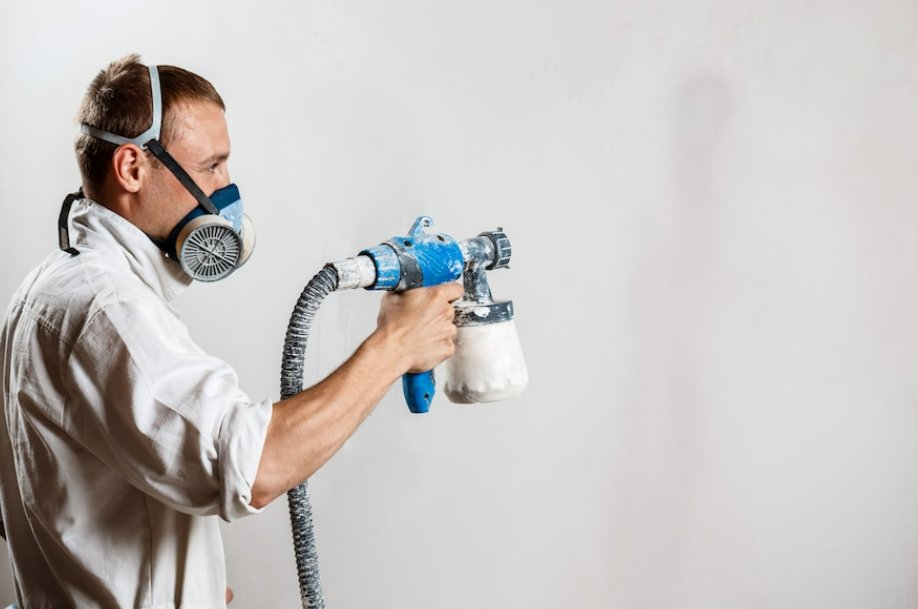
Besides techniques that use your hands, you can also use a sprayer. These types of designs are actually quite cheap and simple to do. Also, the great thing about this technique is that it strengthens your walls. You can use a gas powered or electric sprayer in order to create the texture on your walls. The material for the texture is pumped using an air compressor and hose. So, the actual design would be dependent on the spray gun nozzle, air pressure as well as the material.
The typical drywall textures are as follows:
Splatter Knockdown
This particular texture needs more effort in comparison to the other types of textures because there are many steps involved. So, before you actually put the texture on the wall, you need to coat the wall using 2 coats of primer. Once this is done, then the texture material can be placed on it. After the texture is relatively set, a flat knife is used to smooth it. This is quite messy and is good for new construction.
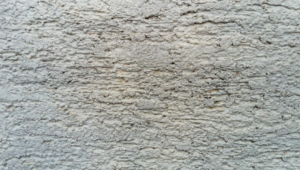
Orange Peel
This type of texture is exactly what it sounds like. It looks like the peel of an orange. In order to apply this wall texture, you will need to use a method that is like the splatter knockdown texture. However, the orange peel design needs a greater deal of consistency in application so that it looks well put together, elegant and not scattered with differently sized blobs everywhere. After the texture paint is sprayed, you don’t need to smooth it. After it is fully dried, you can paint primer on it and then layers of paint so that you can achieve your desired appearance.


Popcorn
This also looks just like popcorn. Styrofoam is added to he paint so that a fluffy look is achieved. It is difficult to paint and repair popcorn ceilings using normal tools. It actually requires a particular texture sprayer that has bigger nozzles. Also the paint is quite thick which means that the finish would look perfect since the imperfections in the wall would be completely hidden.
Summary: Do you need to or prime your wall?
It is not necessary to always use primer and you can save a bit of cash by not doing it. With that said, using primer can save you cash since you won’t need to do more top coats to get the best looking and lasting end result.
Contact Golden State Drywall Repair Service, Oakland, CA for expert drywall repair service at (510) 250-5447. Call today and get your free estimation!
